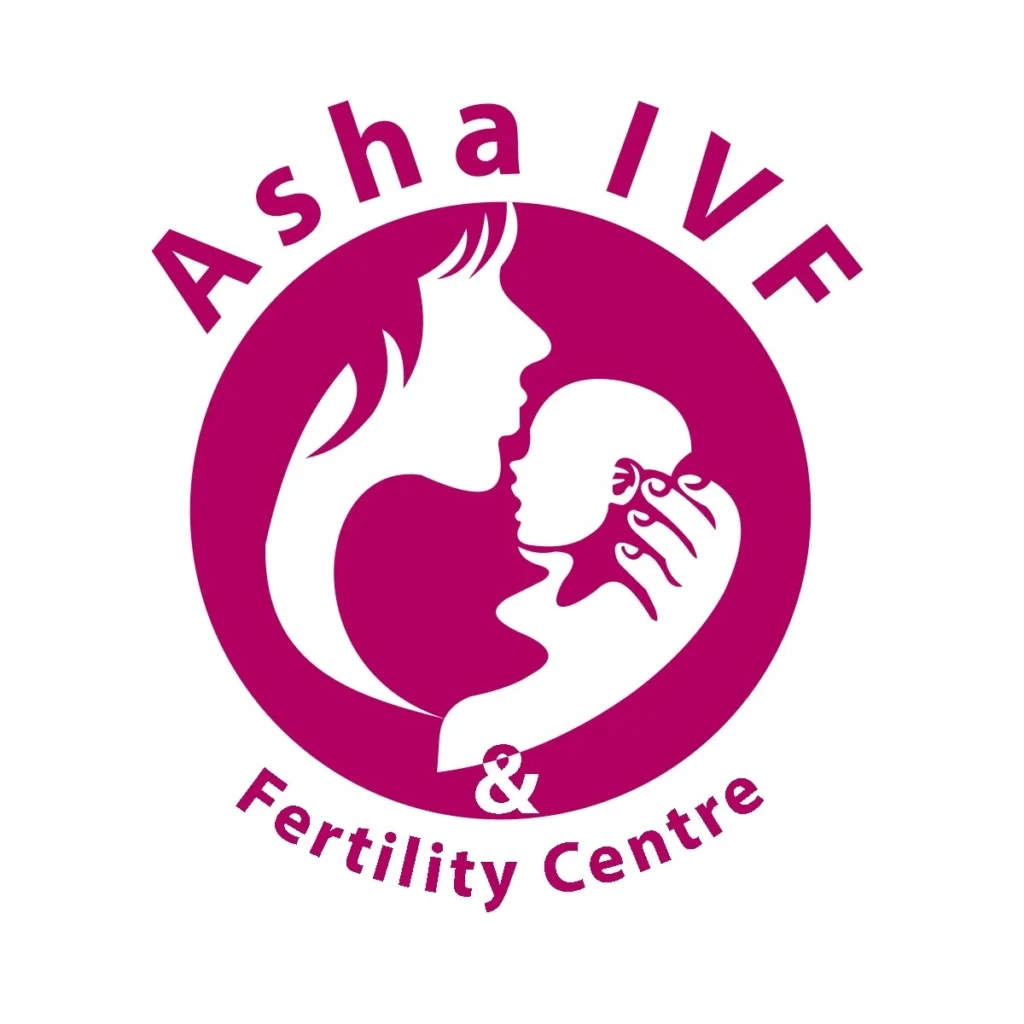Embryo transfer is a pivotal step in the In Vitro Fertilization (IVF) process, where embryos are placed into the uterus to achieve pregnancy. The choice between fresh and frozen embryo transfer is critical and can influence the success rates and overall experience of the IVF cycle. Let’s explore the differences, benefits, and considerations of both methods.
Fresh Embryo Transfer
Process:
- Ovarian Stimulation: Women undergo hormone treatments to stimulate the ovaries to produce multiple eggs.
- Egg Retrieval: Mature eggs are collected from the ovaries.
- Fertilization: The eggs are fertilized with sperm in a laboratory to create embryos.
- Embryo Culture: Embryos are cultured for 3-5 days.
- Transfer: The best quality embryo(s) are selected and transferred to the uterus shortly after fertilization.
Advantages:
- Shorter Cycle Duration: The entire process is completed within one menstrual cycle.
- Immediate Use: Embryos are used fresh, eliminating the need for freezing and thawing procedures.
- Less Time to Pregnancy: There is no waiting period since the transfer happens in the same cycle.
Considerations:
- Ovarian Hyperstimulation Syndrome (OHSS): There is a risk of OHSS, a condition where the ovaries become swollen and painful.
- Timing: The success of the transfer depends on the synchronization between embryo development and endometrial receptivity.
- Stress on the Body: The body undergoes continuous stimulation and procedures within a short timeframe.
Frozen Embryo Transfer (FET)
Process:
- Ovarian Stimulation: Similar to fresh transfer, but embryos are frozen after fertilization and culture.
- Embryo Freezing: Embryos are frozen using vitrification, a rapid freezing technique that prevents ice crystal formation.
- Thawing and Transfer: In a subsequent cycle, the frozen embryos are thawed and transferred to the uterus.
Advantages:
- Flexibility: Transfer can be scheduled conveniently, ensuring optimal endometrial receptivity.
- Reduced OHSS Risk: Allows the body to recover from stimulation, minimizing the risk of OHSS.
- Higher Success Rates: Some studies suggest higher pregnancy rates due to better endometrial preparation and the ability to select the best embryos.
Considerations:
- Freezing and Thawing Risks: While modern techniques are highly effective, there is a small risk that some embryos may not survive the freezing and thawing process.
- Extended Timeline: The overall process takes longer, involving multiple cycles for stimulation, freezing, and transfer.
- Additional Costs: The freezing and storage of embryos can incur extra expenses.
Fresh and Frozen Embryo Transfers Success Rates
Research comparing fresh and frozen embryo transfers shows varied results. Some studies indicate that frozen transfers may have slightly higher success rates due to improved endometrial receptivity and reduced stress on the body. However, success can depend on factors such as age, embryo quality, and overall health.
Considerations for Choosing Between Fresh and Frozen Transfer
- Medical History: Patients with a history of OHSS or other complications may benefit from FET.
- Endometrial Health: Freeing embryos for later use may be advantageous if the endometrium is not optimal in the fresh cycle.
- Personal Preferences: Some may prefer the immediacy of fresh transfers, while others may value FET’s flexibility and potentially higher success rates.
- Cost and Logistics: Convenience plays a role in considering financial aspects and scheduling.
Conclusion
The choice between fresh and frozen embryo transfer is highly individual and should be made in consultation with a fertility specialist. Both methods have benefits and drawbacks, and the decision often hinges on specific medical circumstances, personal preferences, and logistical considerations. Advances in IVF technology continue to improve the success rates and experiences of both fresh and frozen embryo transfers, providing hope and options for those seeking to build their families.
Asha IVF – Leading Fertility Centre
Asha IVF & Fertility Centre in Faridabad is renowned for its advanced and comprehensive fertility treatments, specializing in fresh and frozen embryo transfers. The center is equipped with state-of-the-art technology and a dedicated team of experts, ensuring high success rates and personalized care. Patients at Asha IVF benefit from tailored treatment plans that consider their unique medical histories and preferences, whether opting for the immediacy of fresh transfers or the strategic advantages of frozen transfers. The center’s commitment to excellence and patient-centered approach make it a top choice for those seeking fertility solutions.
Dr. Astha Chakravarty, a leading fertility specialist at Asha IVF & Fertility Centre, is the best in Faridabad. With extensive experience and a compassionate approach, she has helped numerous couples achieve their dream of parenthood. Her expertise in fresh and frozen embryo transfer techniques and deep understanding of individual patient needs ensure the highest standards of care and success. Dr. Astha Chakravarty’s dedication to her patients and innovative approach to fertility treatments have established her as a trusted and highly respected figure in reproductive medicine.






